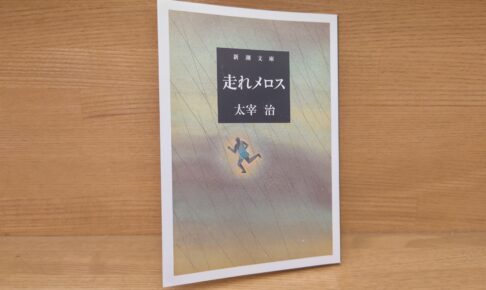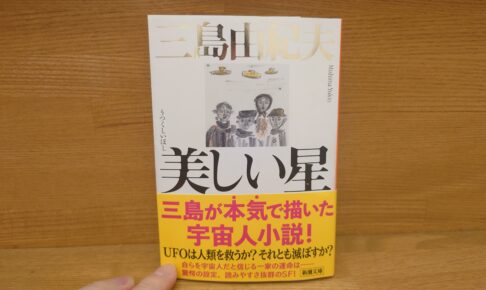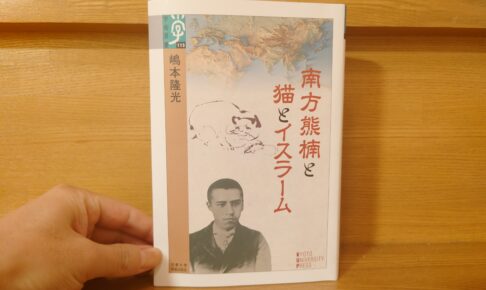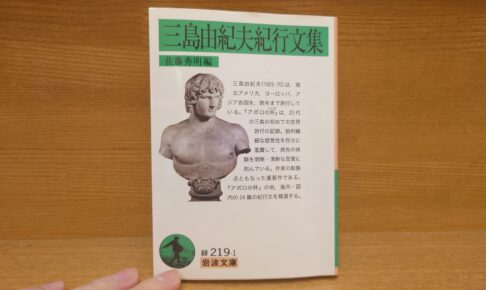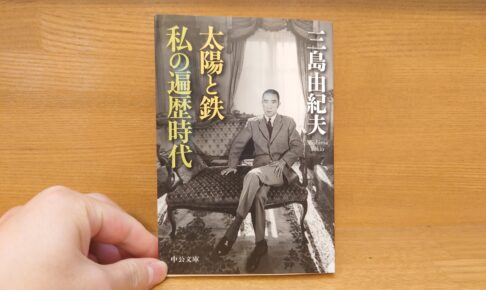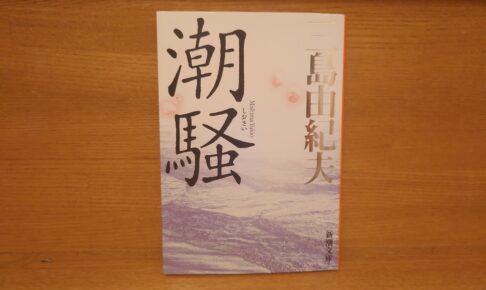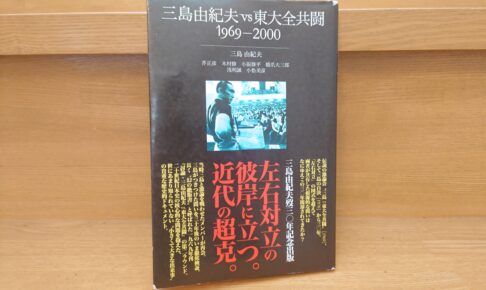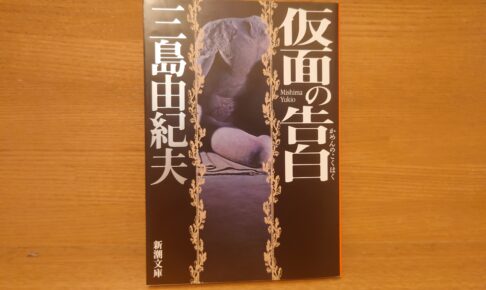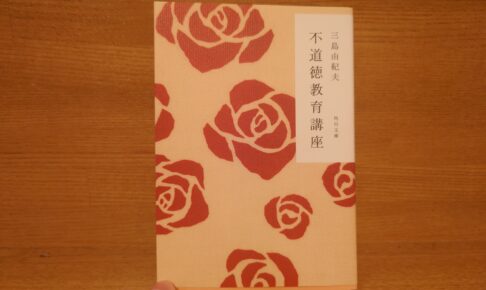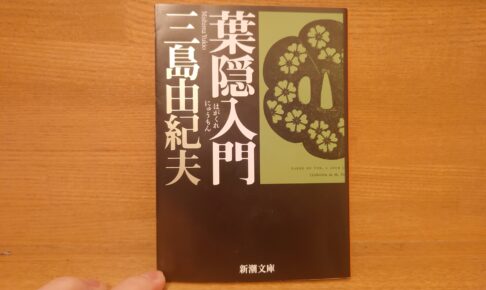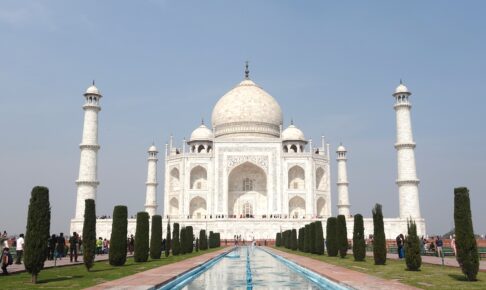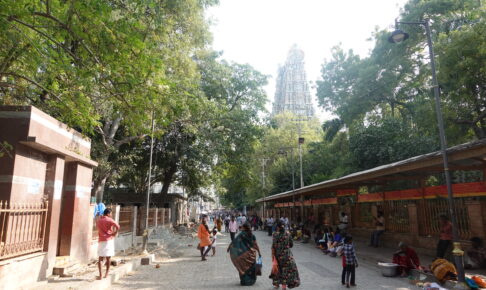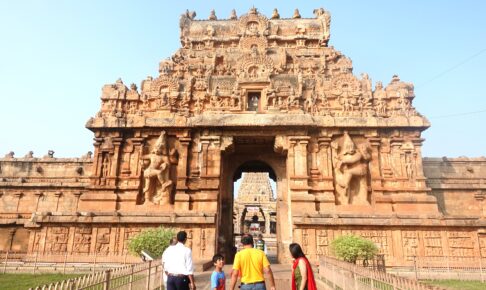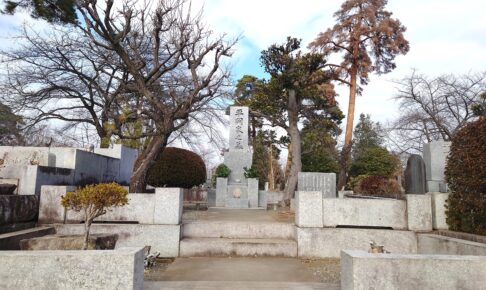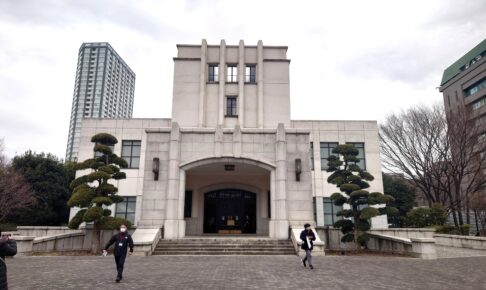Osamu Dazai's "One Hundred Views of Mt. Fuji" Synopsis and Impressions - A famous short story famous for the famous quote "Fuji is well suited for moonflowers".
This film beautifully depicts a man trying to rise from ruin and the beautiful Mt.
I had never heard of this work until I picked up this book, but I think it was a very good first encounter with Dazai's work. I could vividly feel the difference between Dazai's and Mishima's writing styles.
It is also very easy to read, with only about 30 pages.
As an introduction to Dazai, this work may be an apt one.
This is a good short story that I would highly recommend.












